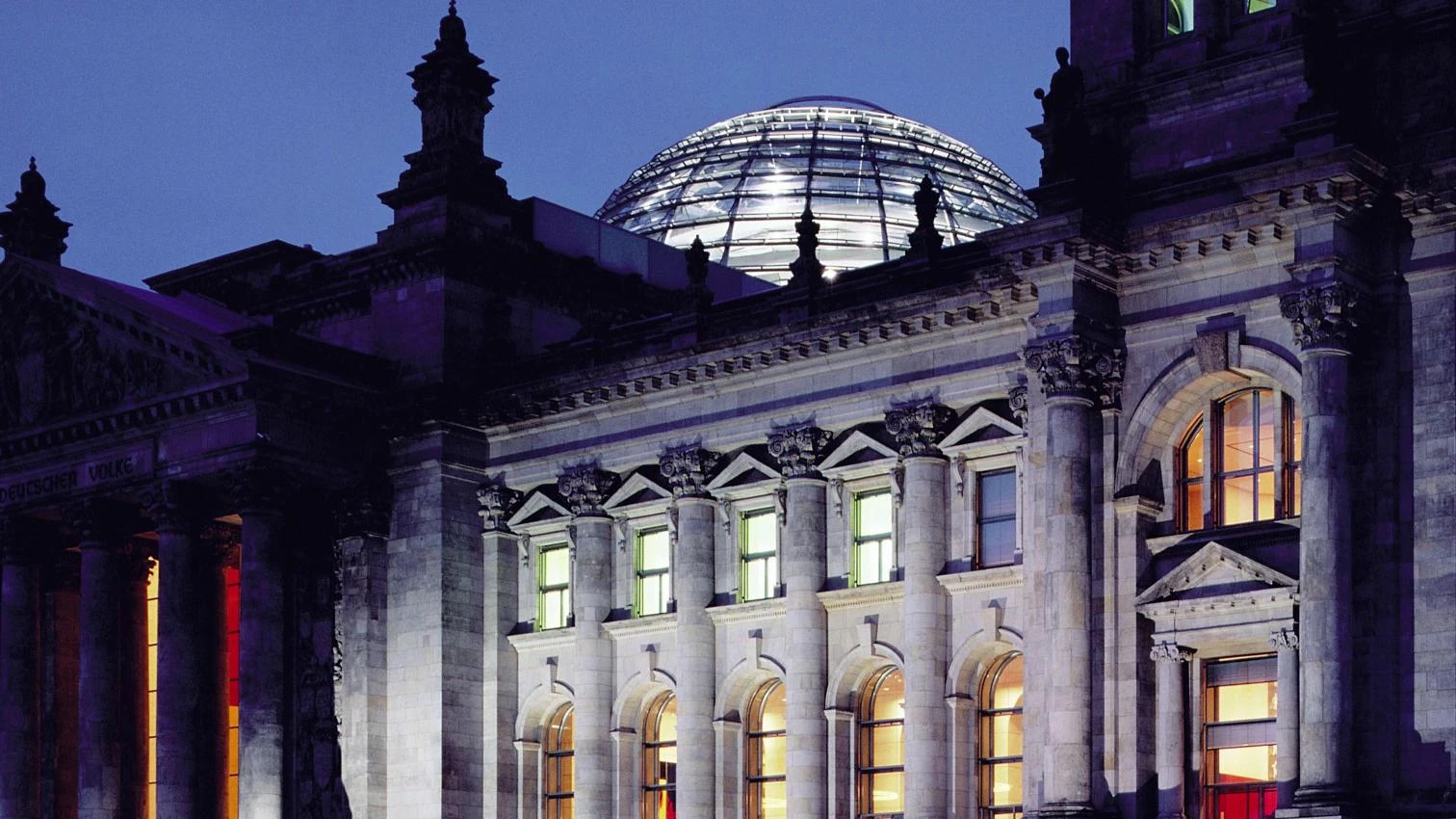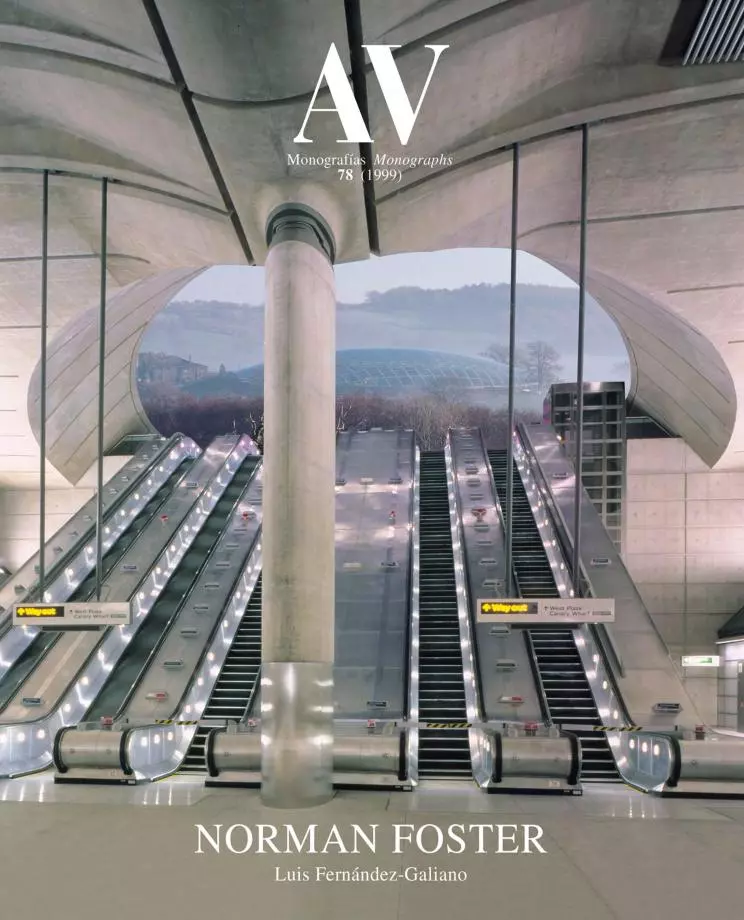Shapes and Symbols: the Hearts of Our Cities
1992-1999

Nîmes y Sackler, both finished in the early 90s, had proved that Foster could not be pigeon-holed as a technically minded architect best reserved for office buildings and factories, skyscrapers and airports. In these historically delicate environments he showed that being at ease with large spans and high rises does not preclude being able to deal with architectural heritage and collective symbols. The confirmation would arrive with the Reichstag, perhaps the most emotionally charged architectural icon for 20th century Europeans, a commission that kept the office busy for most of the 90s, and that would become the most significant of the decade. Foster was by then a hugely popular and celebrated public figure, variously honoured and decorated in many countries, a process that culminated in 1999 with the Pritzker Prize, awarded in the recently inaugurated Reichstag, and a peerage that made him Lord Foster of Thames Bank. The self-effacing sensitivity shown by Foster in the old German Parliament and the acute awareness of the historical, political and social gravitas of the symbolic issues involved, was echoed in his projects for the British Museum and the Prado. In London and Madrid, Foster approached the historical buildings with the same confidence and respect manifested in Berlin, but enhanced by the cherished nature of both museums, that rendered redundant the German expiatory transformation. However, these high standards of controlling care and creative innovation were difficult to maintain in a growing 300-strong practice that carried an increasingly varied and heavy workload. In 1992, besides Chek Lap Kok and the Reichstag, the office won competitions for museums in France and the USA, business parks in England and Germany, and the Manchester Olympic Bid masterplan: 7 important projects that must be added to another 24 commissions in 3 continents initiated in the year. This surcharge is perhaps to blame for the unconvincing results of some of the projects for new buildings drawn during the 90s; the tapered landmarks conceived in 1993 to 1995 lack the formal distinction expected in works commissioned as emblematic constructions; and more importantly, the symbolic projects for London after 1996 have an uneven quality that may result in missed opportunities. Foster is now in the position to change the face and future of the city as no other architect since Nash: the London of the Millennium will be Blair’s London, but also Foster’s – if his busy office is up to the challenge...[+]





